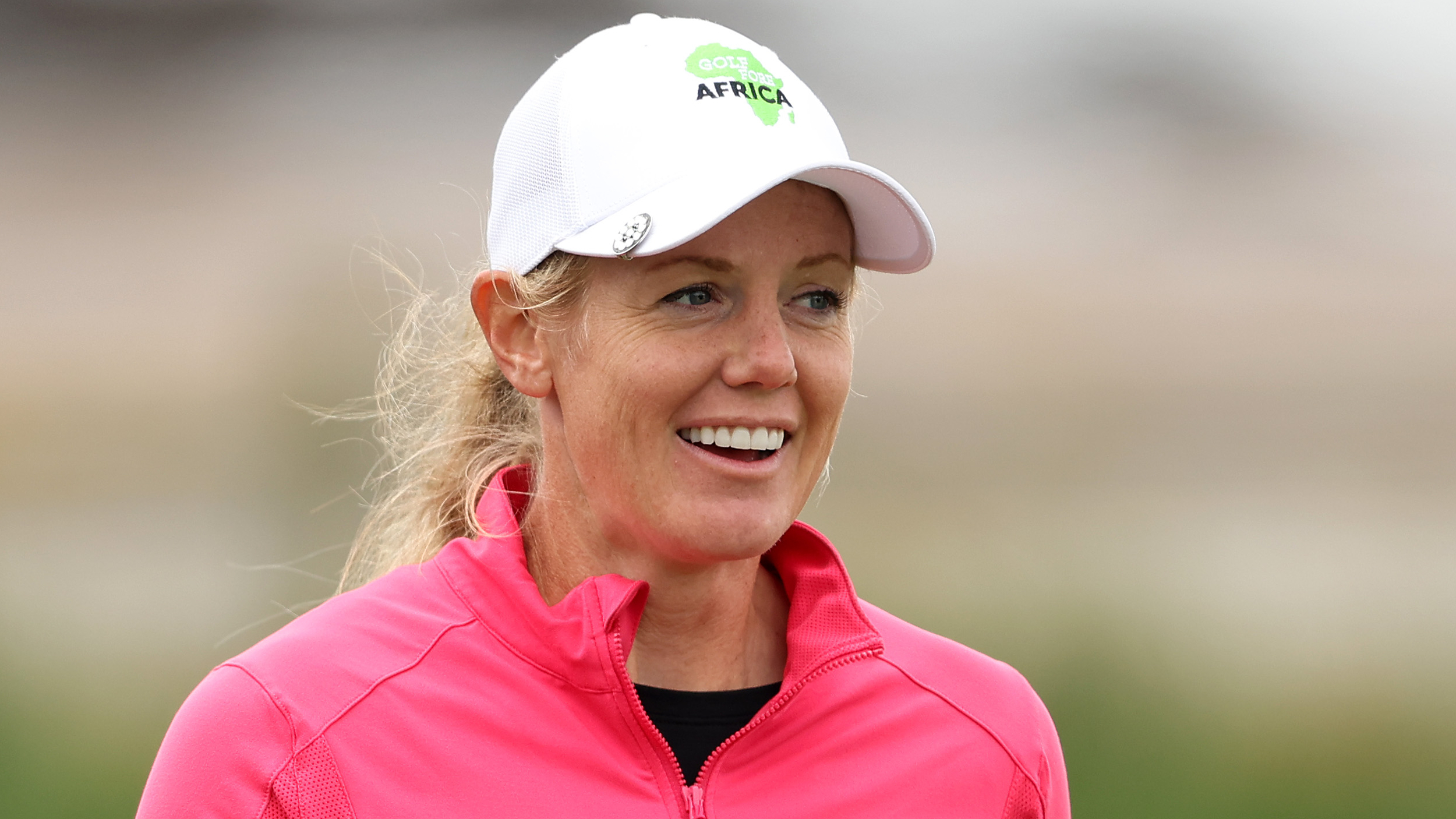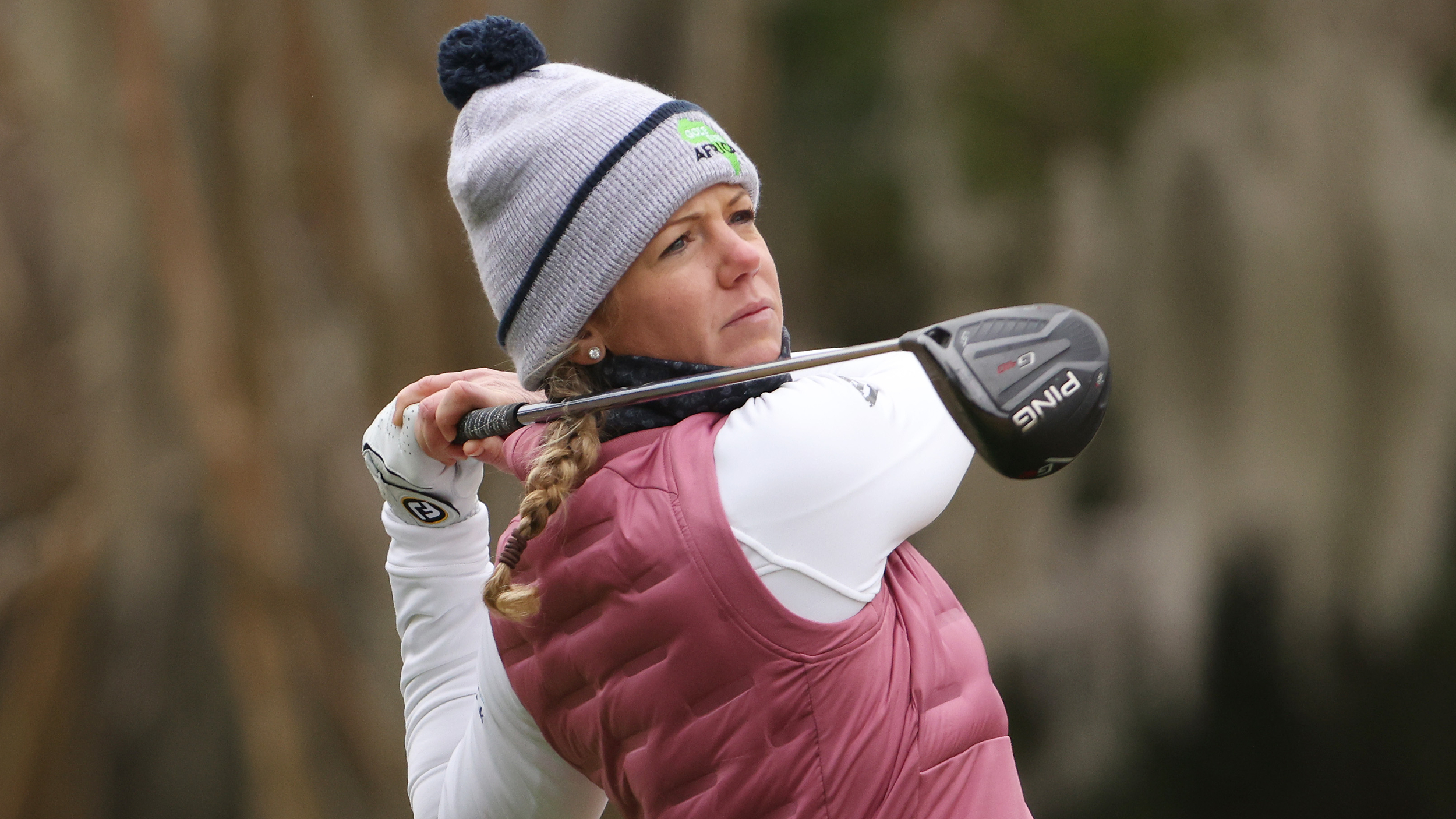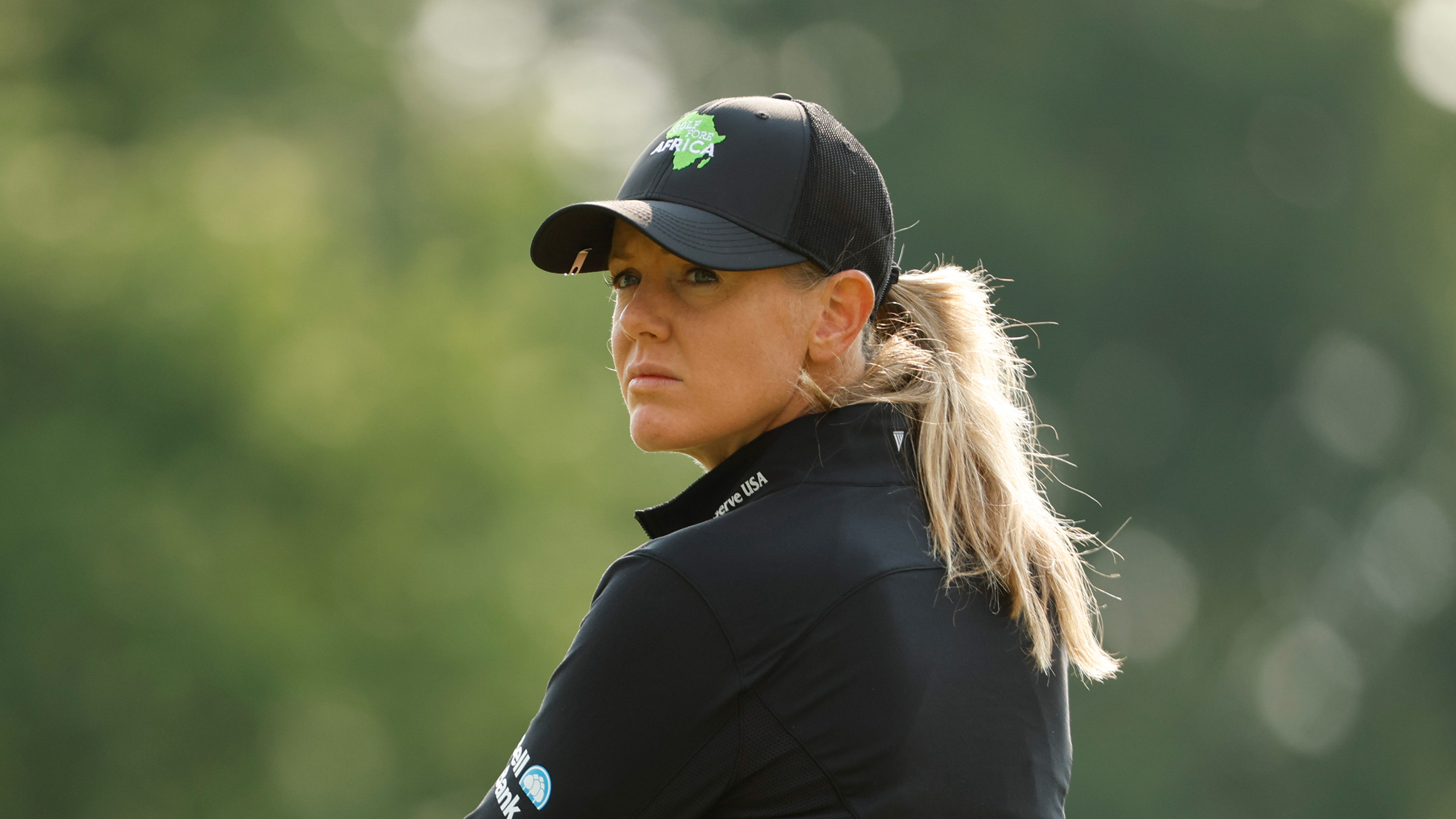
Back in April 2024, Amy Olson called time on her professional career at just 31 years old. The former LPGA Tour pro was pregnant with her first child and excited to begin the next chapter of her life.
In the same year, fellow pros Lexi Thompson, Mariajo Uribe, Marina Alex, Ally Ewing, So Yeon Ryu, and several others also announced their retirement from the game for a variety of different reasons - many of whom were in their early 30s. Lydia Ko is also seemingly considering walking away as well, with the 27-year-old having turned pro as a 16-year-old.
For male players, walking away from pro golf at such an age is barely ever a consideration, even when becoming a parent. However, for their female peers, it is a very real and incredibly regular decision across the board.
In an exclusive interview with Golf Monthly, Olson explained why she opted to retire at 31 and how - for many of her former peers - there is an enforced end date to their career, no matter their level of performance.
Olson said: "Some women don't want to have kids or maybe don't want to get married, that's just not part of their dream. But for a lot of women, it is. I think that's something that's pretty much always in the back of your mind as a female athlete.

"And so there's always this clock ticking in the back of your mind and you're sitting there calculating, 'okay, if I retire now, how many kids can I have before my time runs out?'"
But, according to the North Dakota University grad, there are a couple of other significant factors behind many top female pros ending their playing days shortly after their 30th birthday - aside from the desire to start a family.
As Olson rightly pointed out, having children does not feature in everyone's life plan. For these women, who have been working towards becoming a top professional since they were able to stand on their own two feet, a considerable amount of travel can also take its toll.
Olson continued: "You're trying to balance these competing interests, and so I don't know if that's the reason that all of these women retired this year, but there's also a component of just burnout.
"Once you get to the professional stage, speaking for the LPGA, they have about 32 events a year and I would say most people average playing about 25 to 26 of those.
"And we're not talking about driving from... I mean, I look at the PGA Tour schedule and it's like Dallas, Fort Worth, Austin, Houston - multiple tournaments in the same state. We're in Australia and then Korea and then California and then the East Coast and back. The miles that we put on are insane.

"And so it's really like the travel component is part of it being away from home. You're just away from your family so much and you can only experience so much fulfilment in professional success. Most of us want relational success as well. And I think that's a huge part of it."
As a result of her professional and home life rarely coming close to crossing over, Olson decided that she would retire from playing and concentrate completely on becoming the best mother she could be.
Olson and her husband - who got married in 2014 - are expecting their second child in 2025, growing their family from three to four.
Not everyone sees it the American's way, though, with a handful of LPGA Tour members trying to balance being a mom and a top talent on the course. This, Olson says, is something she could never imagine trying to do.
"I had always said around 30, I wanted to start trying to have kids. And I had my daughter when we were 31," said Olson.
"So really, it was just this kind of overarching timeline that I had for my life and my career where I wanted to have different chapters in my life. I didn't want to do everything all at once.
"It's really incredible to watch the women who do travel with their kids on tour. But I've also seen it not be all they wanted. They weren't really able to be the mom and the player that they wanted to be just because there's just not enough time in the day.
"For me, if I was going to fail at something, I'd rather fail at golf than motherhood. I just didn't know that I had it in me to do both at the same time."

Twice a runner-up at a Major and someone who earned almost $3 million in her playing days, Olson paid tribute to the LPGA Tour's efforts in raising prize money over the past few years.
She pointed out that - during her early days on tour - only players in the top-80 might be able to earn a really good living from pro golf while that number has likely expanded to about the top-100 in the modern day.
However, while progress has certainly been made on that front, Olson highlighted the fact that far more PGA Tour members can afford to take their home lives with them compared to their LPGA Tour peers.
Consequently, Olson believes that could be a huge reason why many women suffer from burnout earlier in their lives and ultimately turn to retirement sooner.
Olson said: "The money is not quite there in the way that it is from the guys standpoint where they travel with their whole family and they support their whole family. You don't see that very often on the women's side.
"And so often for the women, you're away from your family. Every week you're competing. I don't want to in any way sound ungrateful for what they have done for me, but if you look at the average person's career, you don't start out at number one in the world. You often start out struggling for your tour card, maybe making it to top-80, top-50, and working your way up.
"The problem is you don't make a living until you're really within the top-100. And so often people have to give up because finances have dried up before they get to that secure top hundred to keep their card. But that's even improved.

"When I first started, you had to be maybe top-80 to break even or to make money to be able to pay a mortgage back home. And so it's getting better.
"It's improving, but there's certainly not enough to create the quality of life in having your family travel with you or the other goals that you have to be able to take a maternity leave for two, three years and then come back. That's just not there right now, for most women."
Olson also spoke to Golf Monthly ahead of the LPGA Tour's gender policy change earlier this week, expressing her frustration at the former rules and saying it was "not right" that everything the 13 LPGA Tour founders had worked for was being "hijacked" by transgender players.







